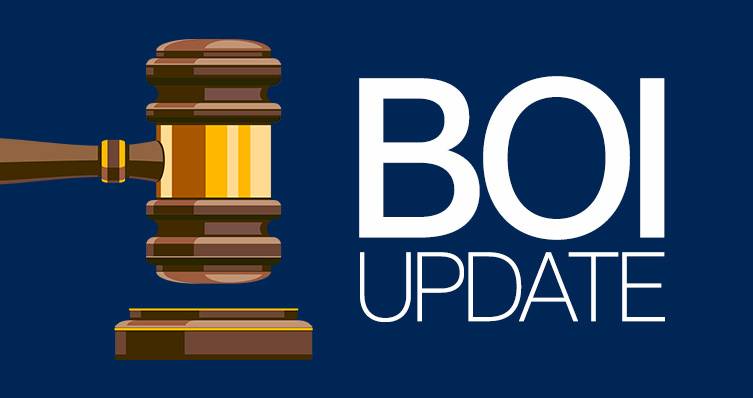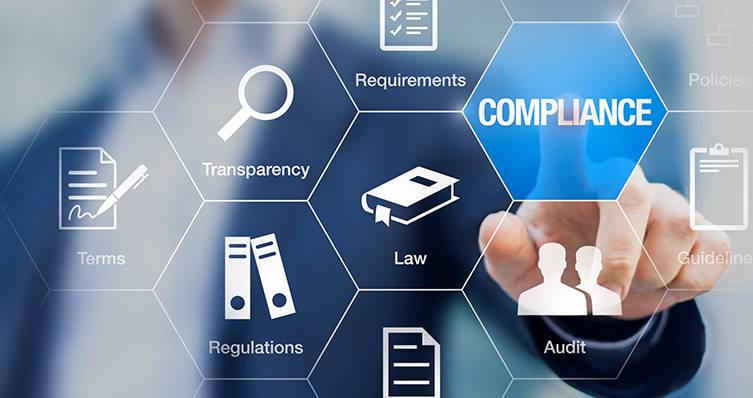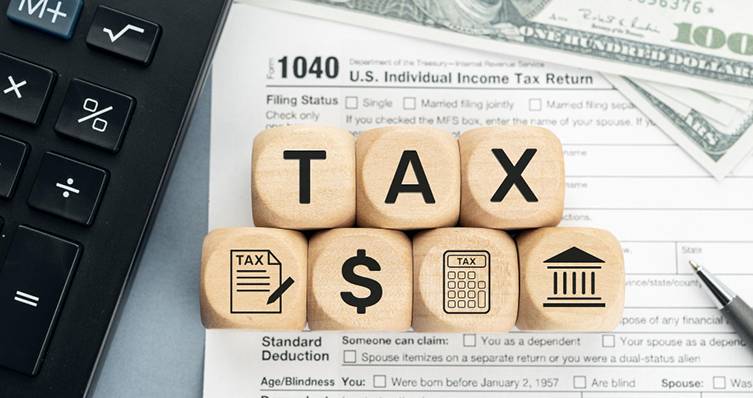Internal and external audits are both essential for ensuring your company’s financial health and providing a robust framework for accountability and transparency. And both can be effective antifraud controls.
Business owners should understand how these types of audits differ to ensure they leverage both functions effectively to reinforce their companies’ internal controls and build trust with stakeholders. Here’s an overview of six fundamental differences.
1. Purpose
The purpose of an internal audit is to assess and improve a company’s internal controls, risk management, and governance processes. Some companies have an internal audit department, while others outsource this function to external audit firms. Internal auditors — whether in-house or outsourced — work as an extension of the company’s management to ensure that internal processes align with organizational objectives and mitigate risk.
External audits must always be performed by an independent CPA firm. Their primary purpose is to provide an opinion on the accuracy and fairness of the company’s financial statements on the reporting date. An external audit aims to assure stakeholders — such as lenders, investors and regulators — that the financial statements are free from material misstatement and comply with Generally Accepted Accounting Principles (GAAP) or another relevant framework.
2. Scope
Internal audits can cover a broad range of topics. For example, auditors can evaluate operations, internal controls, company- or industry-specific risks, and compliance with laws and regulations. The scope can be tailored to the company’s needs and may change as new risks or business areas emerge. Outsourcing this function can be cost-effective for smaller organizations that don’t require a full-time internal audit department.
External audits are standardized, focusing solely on the financial statements and related disclosures. External auditors perform testing on account balances and transactions, evaluate financial reporting controls, and assess compliance with GAAP or other relevant frameworks. Auditors follow strict regulatory guidelines, such as Generally Accepted Auditing Standards set forth by the American Institute of Certified Public Accountants (AICPA) and the Public Company Accounting Oversight Board standards.
3. Independence
Internal auditors work under the direction of the company’s audit committee or management. Outsourced internal audit teams are also considered part of the organization’s internal audit function, which means they may not be entirely independent of the organization. While internal auditors usually provide recommendations directly to the company, they can remain objective if they report directly to the board or audit committee.
On the other hand, external auditors must maintain strict independence from the companies they audit to ensure objectivity and compliance with professional standards. They can’t have financial interests in the company or perform services that could create actual or perceived conflicts of interest. Independence is crucial for external auditors to provide an unbiased opinion that stakeholders can trust.
4. Methods
Internal auditors use a risk-based, continuous-improvement approach, focusing on specific areas of concern. Internal auditors may use internal control models — such as the Committee of Sponsoring Organizations of the Treadway Commission framework — to assess the company’s processes, identify potential risks, evaluate controls, and make recommendations for improvement. Their role tends to be more consultative.
External auditors follow standardized methods to gather sufficient evidence to form an opinion on the financial statements’ fairness and compliance. After assessing the company’s risks, external auditors may perform substantive procedures, analytical reviews, and sampling techniques to detect material misstatements. They verify the accuracy of accounts by conducting tests, reviewing source documents, and confirming account balances with third parties.
5. Deliverables
Internal auditors typically report directly to management and the audit committee. They provide detailed recommendations and management action plans based on their findings, areas of risk, and control weaknesses. Internal audit reports aren’t usually distributed to outside stakeholders; instead, they’re intended to guide internal improvements and decision-making.
External auditors issue an audit opinion on the organization’s financial statements. The audit opinion is a letter that serves as the front page of the company’s financials. The following types of opinions may be issued, depending on the audit findings:
Unqualified. A clean “unqualified” opinion is the most common and desirable. The auditor states that the financial statements fairly present the company’s financial condition, position, and operations.
Qualified. The auditor expresses a qualified opinion if the financial statements appear to contain a small deviation from GAAP but are otherwise fairly presented. Qualified opinions also may be given if management limits the scope of certain audit procedures.
Adverse. An adverse opinion letter outlines material exceptions to GAAP that affect the financial statements as a whole. It indicates that the financial statements aren’t presented fairly.
Disclaimer. A disclaimer of opinion happens when an auditor gives up in the middle of an audit. Reasons for disclaimers may include significant scope limitations, material doubt about the company’s going-concern status, and concerns about dishonest management practices.
Public companies file reports with the Securities and Exchange Commission, which are available to the public. Many private companies share audited financial statements with lenders, franchisors, private equity investors, and other stakeholders.
6. Frequency
Internal audit procedures are performed throughout the year, typically following an annual audit plan approved by management or the audit committee. Internal auditors may evaluate different areas on a rotating or as-needed basis as risks evolve or emerge.
External audits are typically performed at year-end. However, public companies and larger private organizations may also be required to issue audited financial statements on a quarterly basis. For an added measure of assurance, some companies have auditors conduct periodic “surprise” audits or agreed-upon procedures engagements that target high-risk accounts or areas of concern identified during year-end audit procedures.
How audits fight fraud
Internal and external audits are some of the most common and effective antifraud controls, according to “Occupational Fraud 2024: A Report to the Nations,” published by the Association of Certified Fraud Examiners (ACFE). The study found that 84% of the respondents had audited financial statements and 80% had internal audits.
It also reported that losses incurred by victim organizations that had their financial statements audited by outside accounting firms were 52% less than those without audited financial statements. Additionally, the median duration of fraud schemes was cut in half with the use of external audits. The time it took for victim organizations with audited financials to discover fraud schemes was 12 months, compared to 24 months for those without.
Likewise, internal audits reduced fraud losses by 43% and the duration of fraud schemes by 50%. However, internal auditors detected 14% of fraud schemes in the 2024 study (compared to only 3% for external auditors). And whistleblowers initially reported fraud suspicions to the internal audit department in 14% of the cases (compared to only 1% for external auditors).
© 2024 KraftCPAs PLLC











